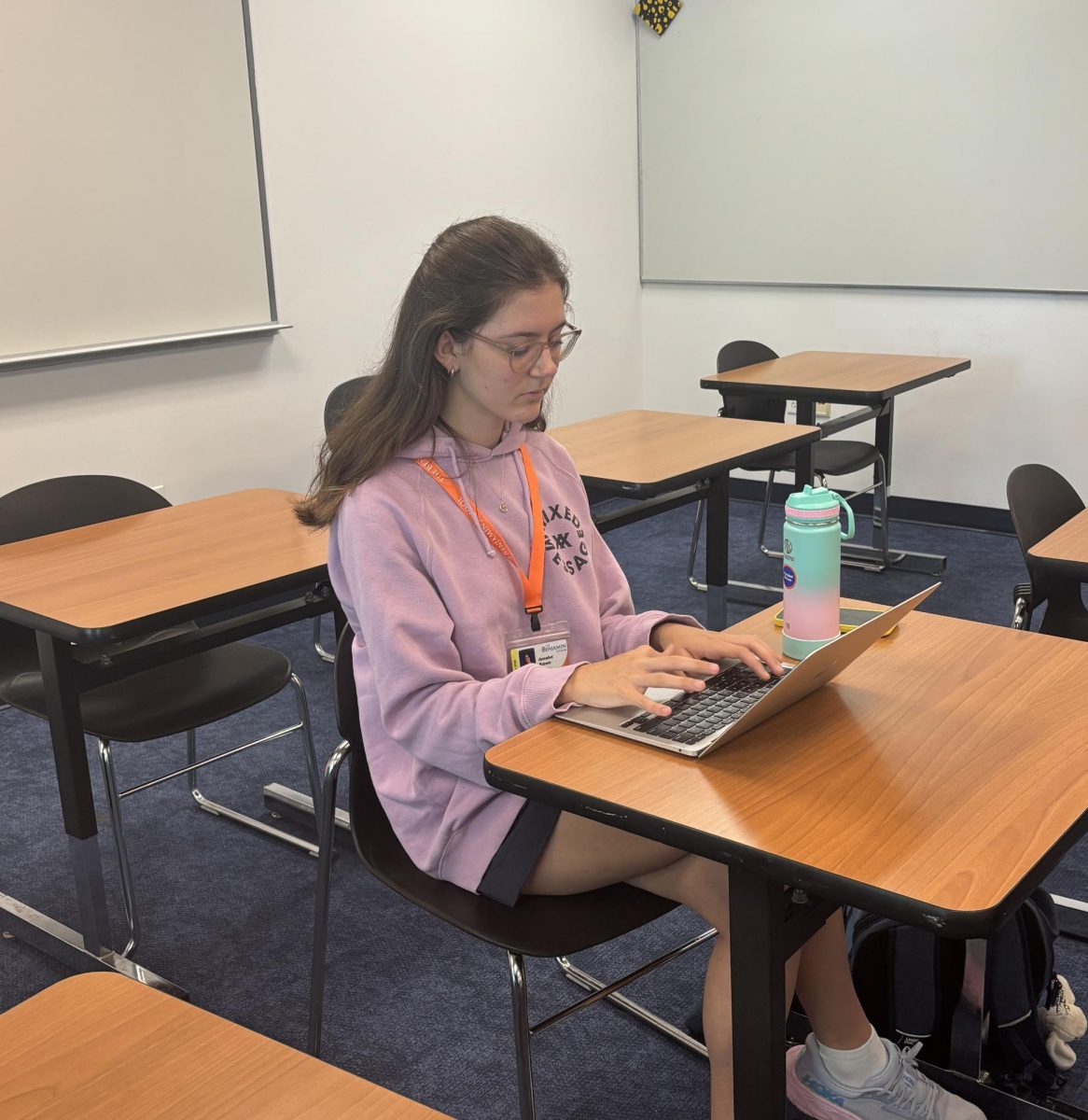As students begin to prepare their college applications, The Benjamin School has made a key transition by replacing its former college management system, Cialfo, with a new platform named Scoir. This change aims to enhance the college search and application process for students.
To ensure a smoother and more reliable experience for students and counselors, the decision was made to switch platforms.
“Cialfo was great but there were certain things about it that weren’t incredibly reliable,” noted Associate Director of College Counseling, Ms. Maggie Leshin. “We really were not getting good data from the website or it was just really hard to find it. On the students’ end, particularly at the beginning of the application cycle last year, the deadlines for applications that Cialfo would set were not always right, and so for us as counselors, of course we knew the dates, but for the students at home it was confusing for them and their parents. We wanted these things to be more reliable and so we made the switch.”
With these issues in mind, the school has already begun to see positive results from the switch.
“The interface for Scoir is really easy to use. Another great thing is that because almost every other school uses Scoir, we have pretty much doubled the amount of colleges that are coming to visit this fall from last year, and we are not even done scheduling them yet. So we are definitely attracting more colleges because it’s a system that more highschools are using rather than Cialfo,” explained Leshin.
Another large part of the college application process is the collection of teacher recommendations. These letters play a crucial role in providing admission officers with insights into a student’s character as well as academic ability. Upper School English department Chair, Mrs. Sharon Wendler has written several recommendations and feels that while Scoir offers many advantages, it also presents some new challenges.
“I have uploaded 18 teacher recs this year. Scoir seems very similar to Naviance and Cialfo, which are our previous systems. The only meaningful difference that I’ve noted as a teacher is that it doesn’t populate the students for us, as Cialfo and Naviance did. This means that teachers must type the students’ names into the search bar, and then we select the student for whom we are uploading the letter of recommendation. The only reason why this is not quite as desirable is that we need to be certain we know who we are writing for and how many so that we don’t inadvertently forget to upload a letter,” expressed Wendler.
Despite minor challenges for teachers, students have found Scoir to be extremely beneficial and are loving the new features that the platform offers.
“It was pretty easy to transition from Cialfo to Scoir, I really didn’t have any difficulty with it. They are both really easy to use, but I feel like Scoir is more organized than Cialfo and I can find what I’m looking for much faster. I love the compare feature because the website compares two colleges side by side and I can see their average SAT, ACT, acceptance rate, and type of essays. That tool has been really helpful in making my college list and doing my applications and I don’t think that there was that kind of feature on Cialfo that presented the information as clear as Scoir does,” Senior Maddox Hoffman shared.
Other feedback from students include more updated technology that can help in their decision making for where to apply as seniors.
“I like to have the scattergram so that you can compare yourself to other students so that you can see where you are with people applying to specific colleges. It’s nice to be able to kind of run your chances based on the graph,” senior Dillon Hoban explained.
Overall, the transition from Scoir has brought both challenges and improvements, however it is clear that the new platform is making a significant impact on the college application process for both students and administration.










